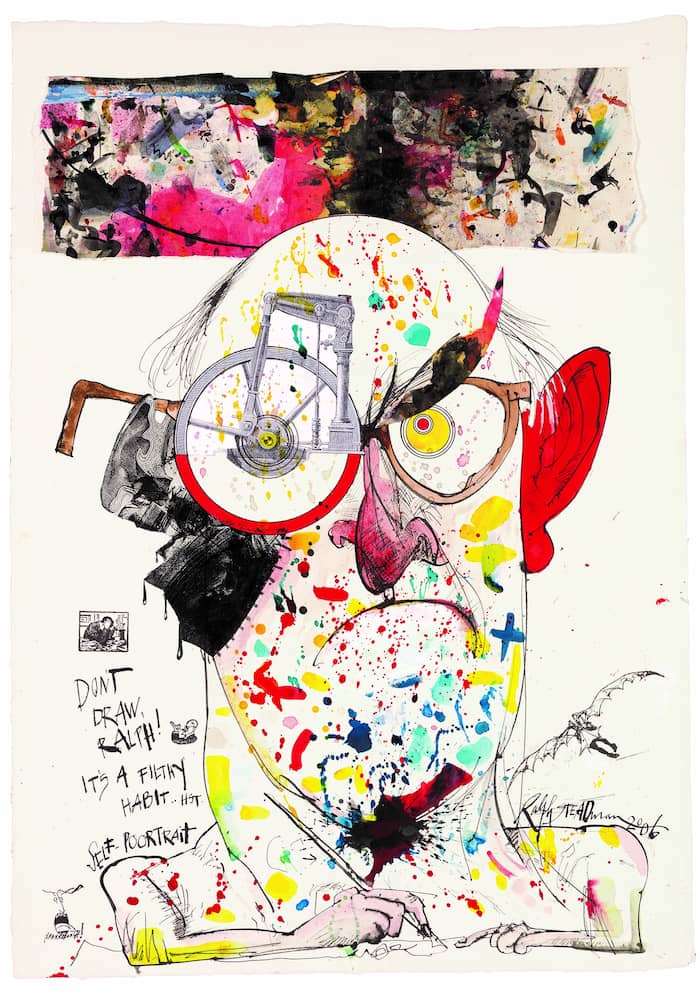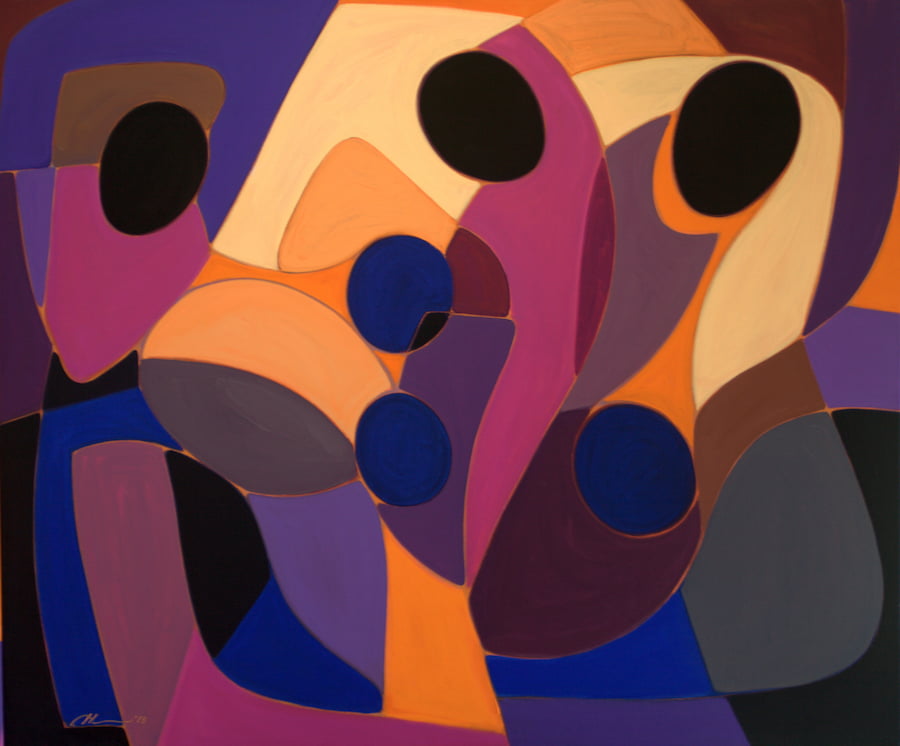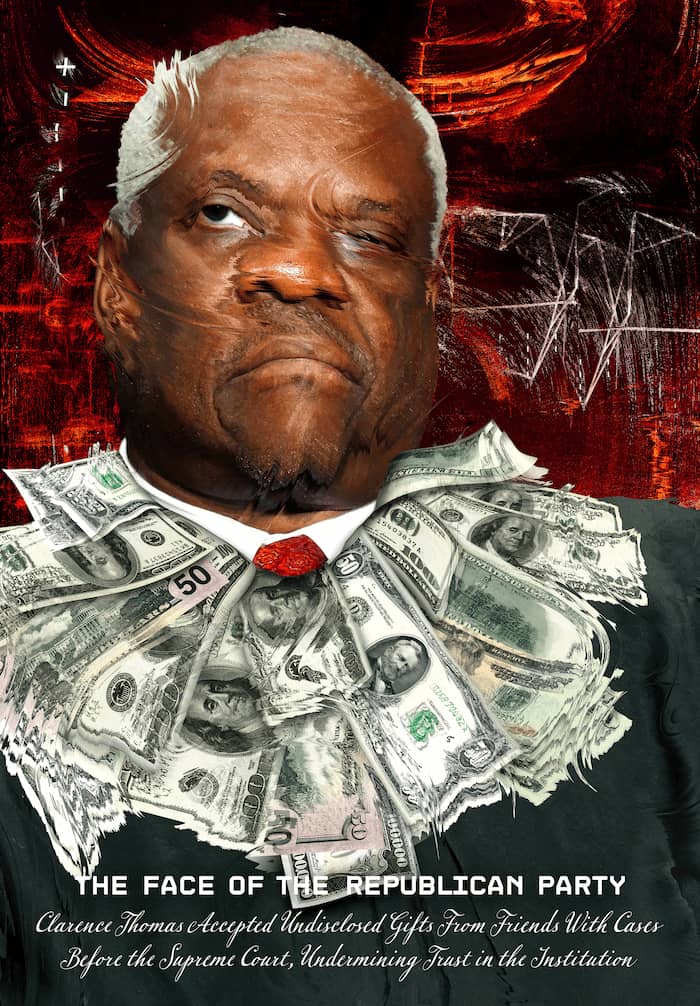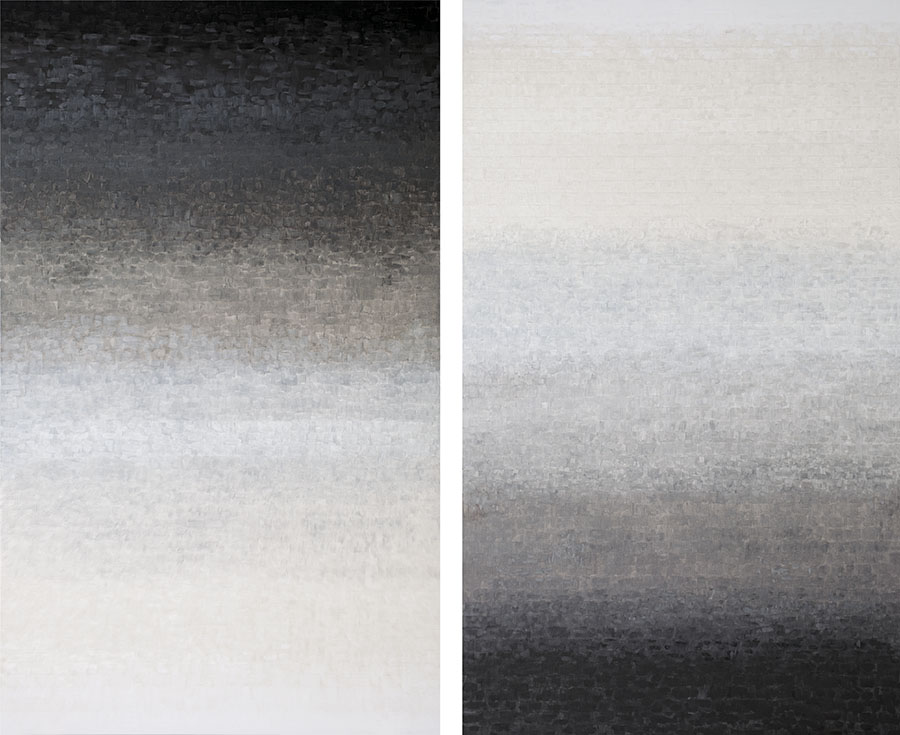Contact Us
Media Contact: Rebecca Basu (202-885-5950) basu@american.edu
Fall 2024 Exhibitions Opening September 7
- Ralph Steadman: And Another Thing
- Joseph Holston: Call and Response
- Endless Transformations: The Alchemy of Connie Imboden
- Faces of the Republican Party
- New American Landscapes
- A Sight to Behold: The Corcoran Legacy Collection of Nineteenth and Early Twentieth-Century American Landscape Paintings at the American University Museum
- Mira Hecht: in the center thereof rose a fountain
- PEGAN BROOKE: FLUX II, Light on Water

Ralph Steadman: And Another Thing
Ralph Steadman, Artist
Sadie Williams, Ralph Steadman Art Collection Director
Andrea Lee Harris, Exhibition Coordinator
“Ralph Steadman’s art is visceral and alive; it rips from the heart and penetrates the psyche. It is not calming. It wakes you up, smacks you around a bit, and thrusts you into the world with open eyes. Ralph is not here to comfort us. He is a truth-teller with a pen mightier than the sword, a wickedly funny jester with no fear of the king.” – Tim Robbins
At 88 years young, with a creative journey spanning six decades, Ralph Steadman stands as the ultimate truth-teller. His exceptional instinct and humor, evident in his extensive work, not only explore the profound and intricate nature of the human condition but also inspire generations of artists. Whether wielding ink, acrylic, or pastels on any surface, Steadman sculpts one-of-a-kind visions while approaching each subject with unparalleled energy, vigor, and wit.
Renowned for his legendary collaboration with maverick Gonzo journalist Hunter S. Thompson, this exhibition explores the extraordinary dynamics Steadman brings to any creative partnership. It features over 100 original artworks, including his work with Ceri Levy on the Gonzovation Trilogy, depicting extinct and endangered birds and animals, and his groundbreaking Psychogeography series with British journalist Will Self for the Independent newspaper.
This show promises an epic journey through Ralph Steadman's remarkable career. It will astonish die-hard fans and captivate those discovering his work for the first time. The American University Museum is proud to be the first to host this extraordinary touring exhibition in the US.

Joseph Holston: Call and Response
Presented by the Alper Initiative for Washington Art
Joseph Holston, Artist
Step into a world where jazz and visual art converge. Jazz, with its roots deeply embedded in Black music and storytelling, mirrors Holston's commitment to representing the depth and breadth of the Black American experience.
A Maryland painter and printmaker, Joseph Holston celebrates Black life, history, and culture through his art. His work can be found in numerous public collections, including the Smithsonian American Art Museum, the Phillips Collection, the Baltimore Museum of Art, the Library of Congress Fine Print Collection, among others.
Holston's mature style is distinct, blending abstraction and figuration with a bold, primary color palette that creates identifiable forms without anchoring them to a specific identity. The kinetic energy and vibrant dynamism of Holston's work are palpable in pieces like Grand Finale, which captures the moment just after a performance’s end.

Endless Transformations: The Alchemy of Connie Imboden
Connie Imboden, Artist
Kristen Hileman, Curator
Immerse yourself in the psychological force and haunting beauty of Connie Imboden’s photography. Working in mirrored studio environments and choreographing complex underwater shoots, Imboden uses the camera lens to create layered and fragmented visions of the human body that evoke historical painting, global mythologies, and concepts from Jungian analysis.
Over 50 black-and white and color photographs are included in the exhibition. While her images invite Queer and feminist readings, the Baltimore-based artist is first and foremost inspired by art’s ongoing role of offering connection and catharsis in the midst of human struggles.

Faces of the Republican Party
A Project Space Exhibition
Jeff Gates, Artist
Jeff Gates' series of digitally created portraits present the viewer with a critical depiction of American leaders and their followers who have prioritized personal power and careers over the needs of the people. The exhibition reflects the growing loss of confidence in our government and the increasing distrust in politicians to address the country's problems. As the nation grapples with cultural conflicts and legislative neglect of basic needs, Gates has spent the last nine years capturing political chaos and turmoil through his portraits.
Documenting the people who have contributed to the pervasive distrust that characterizes contemporary society, this is not a partisan project, but a critique of those partisans who resist compromise and governance that benefits the public.
Right: Jeff Gates, The Face of the Republican Party: Clarence Thomas Accepted Undisclosed Gifts From Friends With Cases Before the Supreme Court, Undermining Trust in the Institution, 2023. Digital print, 16 x 23 inches, Courtesy of the artist.

New American Landscapes
Mark Kelner, Artist
Jack Rasmussen, Curator
How do we define what a landscape is in the digital age, an era of forever text enabled by our smartphones? What is “art” supposed to look like in the time of alternative facts? And who, in reality, is the audience for this socially impactful work that engages viewers conceptually, emotionally, and physically?
Imagine walking into Times Square, but instead of neon lights and videos being thrust upon you, a viewer is immersed by painterly recreations of strip mall signs with thick impasto, saturated colors, bold lettering, and unintentional graphic design which is then remade as purposeful and highly stylized. In the suburbs where Kelner grew up, these signs are the artist’s equivalent of trees, if not, markers of time. By isolating the raw material of this collective signage, Kelner suggests that what they really are about is a changing national identity — who we are by what we eat, how we consume, and how can that be expressed visually with multiple uses of text, typography, various languages, collage, and clip art logos. “In short,” says Kelner, this is “my own family’s immigrant experience as told through the lens of what I and the audience see on the street.” To a suburban kid on his Huffy, such signs or totems are the “New American Landscapes.”

A Sight to Behold
The Corcoran Legacy Collection of Nineteenth and Early Twentieth-Century American Landscape Paintings at the American University Museum
Carolyn Kinder Carr, Curator
Explore one hundred years of history and the stylistic range of American landscape painting with A Sight to Behold. Showcasing work from the American University Museum’s Corcoran Legacy Collection, this exhibition examines the long-held tradition of capturing the emotional impact of nature.
A variety of both recognizable and lesser-known artists are included in the show. Visitors will be exposed to artistic traditions and the evolving modern American psyche during these pivotal one hundred years, exploring themes of Romanticism, westward expansion, and urgency toward natural conservation.

Mira Hecht: in the center thereof rose a fountain
Mira Hecht, Artist
Jack Rasmussen, Curator
Mira Hecht’s luminous oil paintings exude a sense of order and calm. Constructed of translucent and overlapping veils of color, the paintings are containers of subtle energy and light. Their formal presentation superficially resembles some of what the Washington Color School was up to, but with a purpose or content her Color School cohort would never have admitted to. Trained at the San Francisco Art Institute, Mira is a product of the San Francisco Bay rather than the Chesapeake. Her paintings are not just about themselves. They convey a welcome reverence for the fragility and interconnectedness of life and a subtle insistence to take care of all we hold dear. They are still, yet always moving.
Also integral to the artist's practice is creating mixed media works on paper. In these works, gouache, graphite and collage come together in a celebration of line, form and color.

PEGAN BROOKE: FLUX II, Light on Water
Pegan Brooke, Artist
Jack Rasmussen, Curator
Pegan Brooke’s paintings invite you to slow down, contemplate your feelings, and reflect upon what is important to you and your relationship to the world. Inspired by her studio environs on the Pacific Coast in Bolinas, California, and in her San Francisco studio near the bay, she follows a parallel practice of creating video/poems shot by the Aven River in France and on the Inland Seto Sea in Japan.
Her art is owned by the Guggenheim Museum, the San Francisco Museum of Modern Art, the Des Moines Art Museum, and the Berkeley Art Museum (BAMPFA), among others. Brooke thinks of her paintings as closely related to nature and certain forms of architecture. Light falling on water is a visual metaphor for the “ever-changing flux in which we make our lives”, and a central theme of her work.
